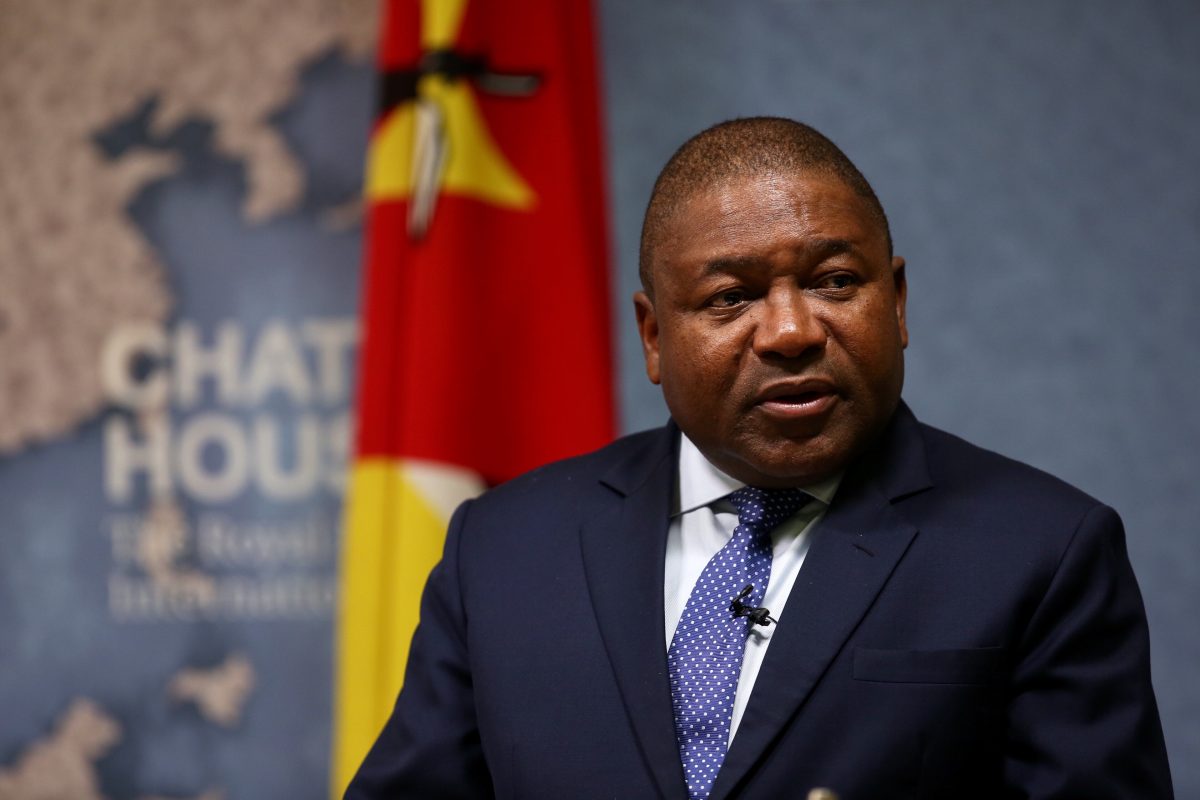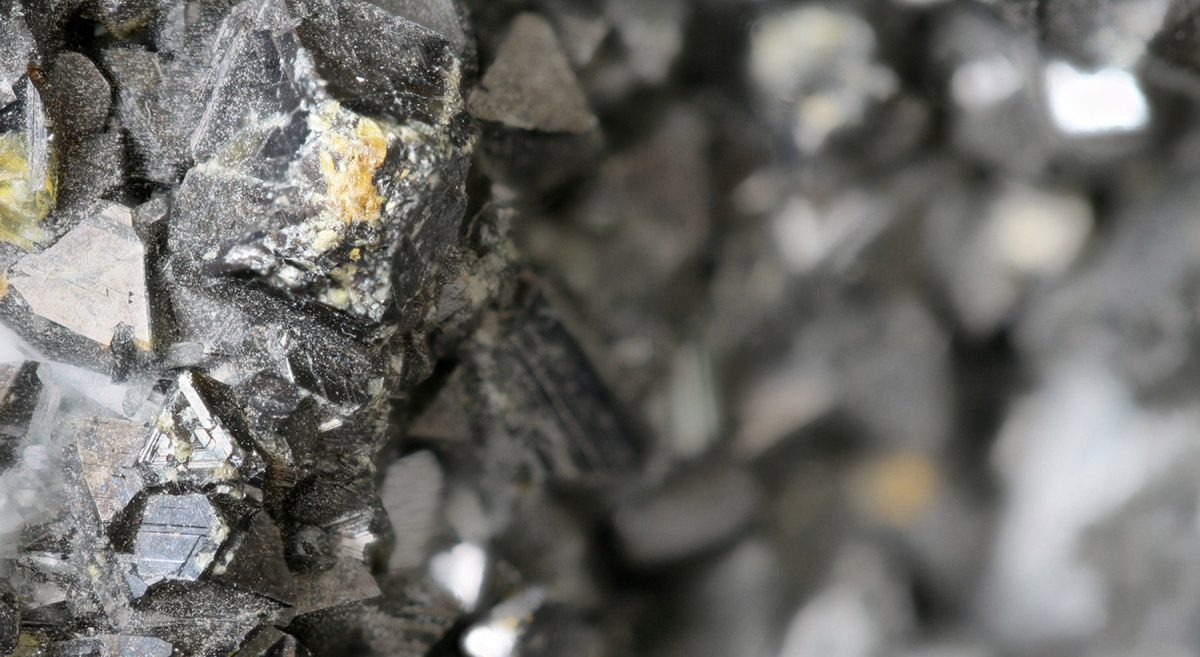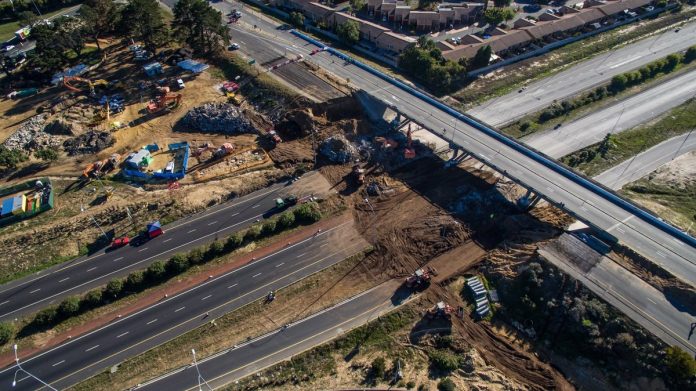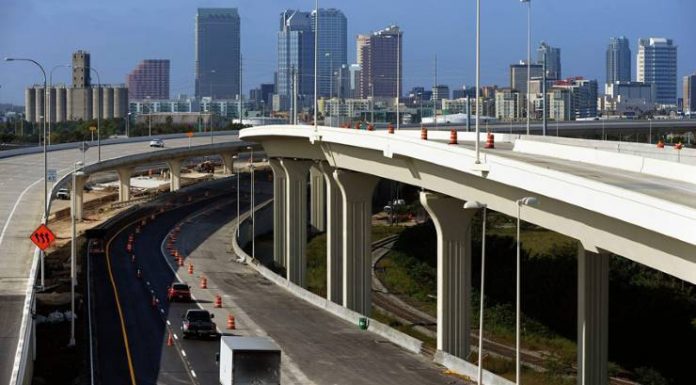

Anyone wishing to travel from the capital of Tanzania south to the capital of neighbouring Mozambique invariably catches a plane. The flight time from Dar es Salaam to Maputo is about five or six hours. It is theoretically possible to drive but the route is extremely circuitous and taking five or six days.
Clearly, there is little prospect of connecting the economies of eastern and southern Africa without better ground transport links – so the ceremony held on 2 October to begin work on the first paved highway between Tanzania and Mozambique, is more significant than most new road schemes around the world.
The first stone was laid by Filipe Nyusi, the president of Mozambique, in the northern province of Cabo Delgado. This marked the beginning of work on a historic project: a 165-km metalled road that will directly link Mozambique with its northern neighbour.
President Nyusi said the road was a dream come true. “It will promote international commerce with Tanzania and consequently contribute to poverty eradication,” he said. The planned road falls far short of linking the two capitals, but it’s a start, and quite a significant one.
That’s because the border between the two countries is marked by the Rovuma River. This was spanned by the “Unity Bridge” in 2010, but the bridge has remained unused because there is no road on Mozambique’s end of it – a fact that reflects the relative wealth of the two states, with Mozambique’s GDP of $12bn being less than a quarter of Tanzania’s.
Now that road will finally be supplied, thanks to a grant of $72m from the African Development Bank (AfDB), approved in December 2016. The work will be carried out in two phases by Chinese contractor Anhui Foreign Economic Construction Group, which will employ predominantly local labour.
The first stage of the work involves paving a dirt road from Negomano, on the Tanzanian border, to Roma, a distance of 70km.
This will cut the time taken to move between the two towns from three hours by four-wheel drive to one, by a standard car, and replace wooden bridges with three reinforced concrete structures. The second phase will take the road south from Roma to the regional transport hub of Mueda. This part of the project will begin in 2019.
Joao David, an infrastructure specialist at the AfDB, said the bank was expecting the Mueda–Negomano road to boost the regional economy, by making it easier for tourists to reach the Niassa Reserve, home to elephants, wildebeest, impala and antelopes, as well as more than 400 species of birds.
David said: “It is no accident that currently more than 60% of the bank’s operations in Mozambique are aimed at the transport sector. This partly reflects the role Mozambique plays on the regional chessboard, as a country providing services to landlocked countries.”





